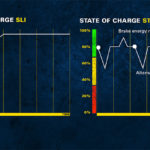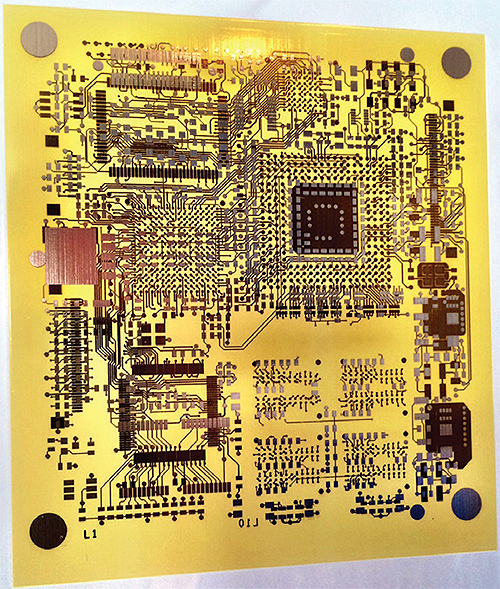 MagnaChip Semiconductor Corporation announced a new line of power management integrated circuits (PMIC) by introducing its first UHD display panel PMIC for laptops.
MagnaChip Semiconductor Corporation announced a new line of power management integrated circuits (PMIC) by introducing its first UHD display panel PMIC for laptops.
PMICs are integrated circuits that include multiple power management functions within a single chip, and they are frequently used to power space-constrained devices where high-efficient and compact form factors are required. They are essential for battery-operated devices since battery life depends on the efficiency of the PMIC’s power management capabilities.
MagnaChip entered the market ten years ago, and since then it has developed and delivered industry-leading PMIC products for a variety of applications, including BLU drivers for TVs and AC Directs for LED lighting. Today, MagnaChip’s PMICs are widely recognized in the industry for their advanced technology and outstanding quality. The newly released UHD display panel PMIC for laptops incorporates the company’s latest PMIC technologies.
For instance, the new PMIC controls electricity consumption through I2C (Inter-Integrated Circuit) technology, which ensures that functions such as dynamic voltage management, on/off a block, protection circuit fault flag, and switching frequency transition in UHD display panels are performed seamlessly.
The new PMIC is a monolithic IC that includes one boost regulator for the power supply to source and gate drivers, three high-current buck regulators for power supply to a timing controller, two Op-Amp for gamma buffer, and one each positive and negative charge pumps. This level of integration results in smaller and faster electronic circuits. Other features include fast transient response and enhanced circuit protection measures.
Therefore, the new PMIC can help address changes in current consumption and protects devices from damage with functions such as over-voltage protection, short circuit protection, under-voltage lockout, overcurrent detection, over current limit, and thermal shutdown. In addition, the new PMIC also offers constant current mode and dynamic switching frequency, which gives product designers more flexibility in meeting specific requirements of the application.











Leave a Reply